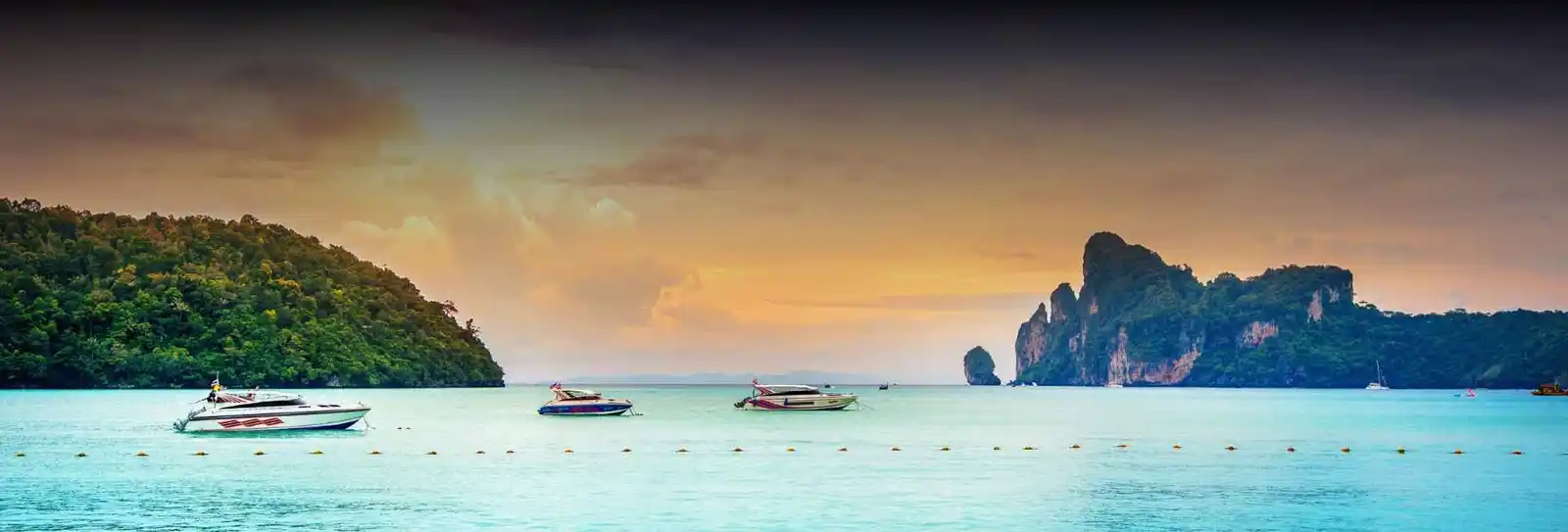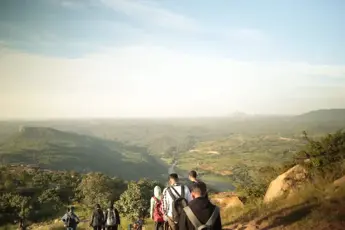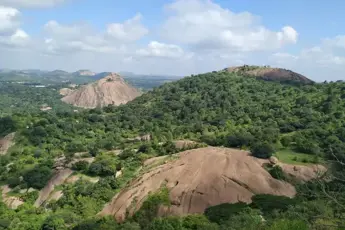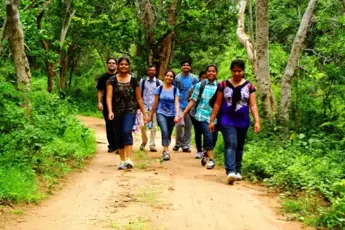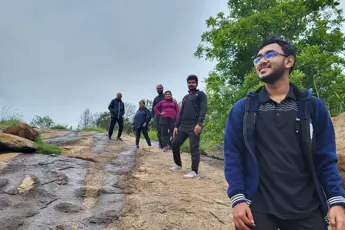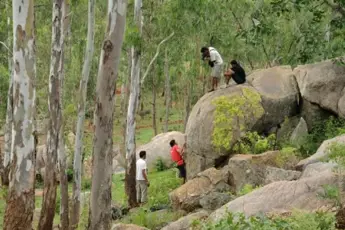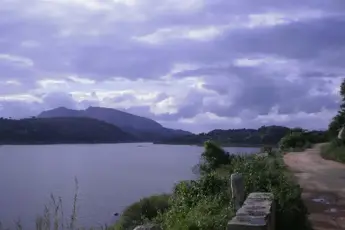
Step 1: Plan Your Itinerary: Planning an itinerary is the secret to maximising your trip. Whether a weekend trek, a week-long holiday, or a cultural tour, an itinerary guarantees comfort and a relaxing experience. Begin by declaring the objective of your travel: is it relaxation, adventure, photography, or escape from drudgery? Based on that, state your options for destinations, the duration you want to spend there, and the means of transport you would like to utilise. Decide when you ought to travel to the destination depending on weather, access, and happenings or festivities. Divide your schedule into days and allocate specific time intervals for travel, sightseeing, dining, resting, and unexpected side-trips.Make space for hot-ticket items, emergencies, and resting time to prevent exhaustion. Book hotels and cars in advance during peak season. Don't forget to make space for the checks of entry permits, regional laws, or any prohibitions at the destination of travel. Use travel apps or an e-calendar to keep all your bookings, notes and maps in one spot. Have a backup of your documents and contacts at all times. Pack in advance, by terrain and weather, trekking shoes and a raincoat for treks, and tees for city tours. Lastly, provide space in your itinerary for improvisation. The most wonderful experiences come from chance. A great plan is half planning and half improvisation, which means you can have the experience without being behind schedule. With effective planning, your vacation will be more than a holiday, it'll be an adventure to last, with thrill, discovery, and memories to last forever. Plan smartly, pack, and make every day count!Step 2: Choose the Best Time to Depart: Choosing when to go to a destination to a location makes your vacation. Weather, tourists, holidays, and season all decide your trip. Know the weather conditions of your destination, some are ideal in the dry season for sun and sunny activities, and others are ideal during monsoon or winter with lush green covers or white snowy landscapes. If you’re looking for peace and solitude, consider travelling during the shoulder seasons just before or after the peak tourist months. This is when the weather is still pleasant, but the crowds are thinner, and prices are often more affordable. On the other hand, visiting during festivals or local celebrations can provide a unique cultural experience, though it may require booking well in advance due to higher demand. Adventure travel is adjusting the holiday to the season best for their activity, trekking, rafting, skiing, or wildlife safaris all have a time when safety is guaranteed and conditions are optimal.Nature lovers will opt for spring when flowers are blooming, and nature photographers adore the golden autumn months for landscapes and soft light. It’s also important to factor in accessibility, especially if you’re visiting remote or high-altitude destinations that may be closed during certain times of the year due to snow or landslides. Essentially, the optimum time to visit is completely your call based on the type of experience you seek. With some amount of research, you can guarantee that you arrive at your destination in the most desired way. In search of sunrise, cultural melting pot, or wildlife marvels, the optimum time will be poles apart in creating memories that will not be forgotten.Step 3: Pack Smarly for India: Packing smart in India is an issue of finding balance in staying comfortable, staying flexible, and staying sensitive to culture. With multiple climates, thick culture, and varying topography from icy mountain peaks to scorching shores, India must be heavily planned in terms of packing. Begin by studying the region and time of your visit. Light loose white cotton or linen will be sufficient for much of the country during summer and rainy seasons. On the contrary, Himachal or Ladakh in winter calls for thermal gear, insulated jackets, gloves, and warm gear. India is also fairly conservative, so plain clothing is generally best, especially when going to the temple or into the countryside. A scarf or shawl can easily be worn by women to cover their shoulders, and men and women should not wear more revealing attire.Comfortable walking shoes or sturdy sandals are required, especially when shopping in markets, visiting attractions, and hiking. Don't leave the door without essentials like sunscreen, insect repellent, a refillable water bottle, and generic medication. A small first aid kit, hand sanitiser wipes, wet wipes, and toilet paper must be taken on rural outings. Power plug-in adapters (India is Type C, D, and M) to charge your device, and a power bank is a lifesaver during long travel. While it's tempting to overpack, leave room for souvenirs and local finds; you’ll likely discover unique clothing, handicrafts, or spices you’ll want to take home. Lastly, carry copies of your ID, travel insurance, and important contacts both digitally and in print. By packing smart and light, you’ll not only travel more comfortably but also be better prepared to soak in the richness, diversity, and spontaneity that India offers at every turn.Step 4: Define Your Travel Reason: Presumably, the most essential thing to determine before you organise your travel at all is your purpose for travelling. Understanding the reason you have to take a vacation will ascertain how, where, and when you go. Do you merely need to unwind and break the monotonous hum of life? Or do you need an adrenaline fix like hiking, white water rafting, or driving through the country? Or maybe you want cultural immersion, spiritual encounter, bird watching, or photography. Regardless of your motivation for travelling, knowing why you are travelling enables you to decide where you're going, how much it will cost, how you'll get there, and when you'll leave. If de-stressing is what you need, go for quiet beaches, hill resorts, or vacationing in a place where you can unwind. If you love culture, select cities that offer heritage sites, local festivals, or culture visits that really dig into customs, food, and arts.If adventure is your cup of tea, search for locations that are famous for trekking, diving, or adventure activities with the consideration that you refer to the best time of the year for them. Your travel goals should also align with who you’re travelling with. A solo trip might focus on self-discovery or flexibility, while a family trip may prioritise comfort, accessibility, and activities for all age groups. Group travel may lean toward shared experiences and logistics that cater to diverse interests. Having goals also assists with planning and budgeting. You'll have a better idea of what to spend on equipment, accommodation, tours, or activities. It stops you from over-planning and brings you one day at a time closer to what truly thrills and gratifies you.Step 5: Organise Your Travel Documents: Organising your travel documents is a critical component of organising a hassle-free and stress-free journey. No matter where you travel outside of your native country, having the proper documents with you will likely make your trip less exhausting, less irritating, and less time-consuming. Start by making sure your passport is valid so that it will expire at least six months after your return date. If you will need a visa, learn the particular requirements of your destination, i.e., processing time, required documents, and whether it can be obtained on arrival, online, or at an embassy. For domestic travel within India, carry a Government Photo ID such as an Aadhaar card, PAN card, or driving license.A passport with a visa stamp is always required for foreign tourists travelling to India. Carry hard and soft copies of all your essential documentsnyour passport, visa, travel insurance, air ticketing, hotel booking, and entry to the restricted areas. It's also advisable to carry with you a photocopy of your travel insurance policy and your contact numbers for emergencies. If you prefer driving, you will need to carry with you an IDP, as well as your home country's driving license. Students, old people, or those who need to buy discount fares on public transportation might also have to carry transport ID cards and admissible admission fee cards. Have all your documents stored in a waterproof travel wallet or folder and backed up to the cloud so that you have access to them anywhere. Having everything organised and at your fingertips means being prepared at all times for ID checking, border control, or an emergency. Pre-arranging your travel documents saves you from last-minute stress and enables you to take your trip with confidence and worry-free.Step 6: Book Flights and Accommodation: One of the best advice while organising a trip is booking your flights and hotel in advance. Not just will it get you the lowest rates, but it will also allow you to organise your timeline in advance, so that you can organise activities in advance without any uncertainty. Start with price comparison across multiple websites or through the use of a fare comparison tool to get the best prices. Be flexible with travel dates if you can, off-season or weekday flight most often comes with a reasonable price tag. Apply fare alert features to allow you to capture rate falls and purchase when you notice the offer ina timely fashion and value. For accommodation, pick as per your purpose of visit and what you desire. Do you require that luxurious environment, the local touch with homestaying, or something budgetary hostel? Consider location, amenities, security, and customer reviews to the maximum.Websites for booking, such as Booking.com, Airbnb, and Agoda, are convenient, yet verify the website of the property as well for special offers or discounts. If you intend to travel during holiday or festive peak seasons, early booking would be the better option so as not to be annoyed by a last-minute rejection or price hike. Search for locations close to restaurants, tourist spots, and public transport to save time and money while travelling. If it's off the beaten path or trekking, search around if the destination has meals, transport, or tours with an inclusive package. Lastly, confirm all bookings and make electronic and hard copies of your flight reservation, hotel reservation, and contacts. A hassle-free reservation process offers you comfort in a manner that you can enjoy more of the excitement of your next adventure and less of the details.Step 7: Stay Safe and Informed: It's about being safe and informed while travelling to have a smooth and hassle-free experience. No matter how thrilling the destination is, being aware of your environment and being wise enough to look after yourself, your belongings, and your health is most important. Start with knowledge of your destination, know local culture, law, and areas to avoid. Know emergency phone numbers, the nearest hospital, and the nearest embassy or consulate if overseas. Sanitation and health should be the top priority. Carry a light first-aid kit, drink plenty of water to keep hydrated, and eat food and liquids from sanitary and clean sources. If malaria or dengue fever is prevalent, wear protective gear such as long-sleeved shirts and insect spray. Vaccination and purchase of travel insurance for medical treatment, trip cancellation, and lost luggage are advisable. Stay in touch by informing friends or family members of your whereabouts and schedule. Inform them of your plans and check in regularly. Take electronic copies of critical documents like your passport, ID, and insurance in secure apps or services. Be careful when using public Wi-Fi; do not use sensitive data like bank accounts, and use a VPN if possible.Read: Guide to Trekking the indian himalayas| The Valley that Stole My Heart | Darjeeling Diaries |Rajmachi Fort|Pench Tiger Trail


